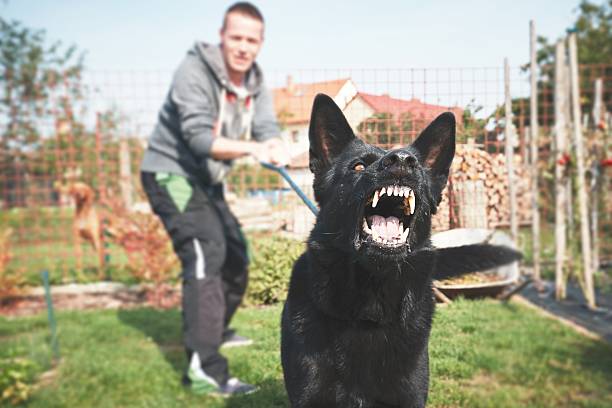25 Facts About Dental Health in Senior Dogs
All you need to know about looking after your pooch's teeth in old age.

By: Georgina – Owner of Norbert’s Treats
Published: May 2025 | Last Updated: May 2025
Verified by Experts. This article has been written and verified by natural dog treat specialists.
As part of our series of looking at the most important facts relating to our dogs, we’ve collected 25 facts about dental health in senior dogs.

Prevalence of Dental Disease: Approximately 80–89% of dogs over 3 years of age suffer from periodontal disease, making it one of the most common health issues in dogs.
Age-Related Increase: The incidence of periodontal disease increases with advancing age, progressing if left untreated.
Breed-Specific Risks: Certain breeds are more susceptible to dental disease. For example, Toy Poodles have a 3.97 times higher risk compared to crossbred dogs.
Small Breeds at Higher Risk: Smaller dogs are more prone to dental issues due to their relatively decreased amount of bone compared to tooth size, crowded teeth, and a more delicate jaw structure.
Common Dental Problems: Older dogs are more prone to dental issues such as gingivitis, periodontitis, tooth decay, bad breath, and loose or missing teeth.
Gingivitis in Senior Dogs: Gingivitis, characterized by red, swollen gums, is a common dental problem in senior pets.
Dental Plaque Formation: Dental plaque is extremely common in domestic animals such as dogs and cats, leading to periodontal inflammation and triggering the animal’s immune system.
Owner Awareness: 47.7% of dog owners report halitosis (bad breath) to some degree, and 37.3% report the presence of dental calculus (tartar).
Dental Care Importance: 80.2% of dog owners consider their dog’s dental health to be very important.
Dental Cleaning Procedures: 13.1% of dogs have been previously anesthetized for dental cleaning, highlighting the importance of regular dental check-ups.
Dental Health Perception: 38% of owners of dogs over 3 years of age rate their dog’s dental health as very good, indicating a potential underestimation of dental issues.
Dental Disease in Young Dogs: 85% of dogs have dental problems by the age of just three years, indicating that dental disease is not just an old dog problem.
Dental Disease in Older Dogs: Over 80% of dogs develop dental disease by age three, making it more common than pet owners realize.
Dental Disease Symptoms: Symptoms of dental problems in dogs include bad breath, change in the color of the teeth, loss of teeth, difficulty eating, excessive salivation, and red gums.
Dental Health and Systemic Diseases: Untreated dental problems can lead to infections that may affect vital organs such as the heart and kidneys.
Dental Care Recommendations: Regular brushing, use of dental toys, and providing dental treats can help maintain oral health in dogs.
Dental Health and Aging: As dogs age, their dental health becomes increasingly important, with older dogs being more prone to dental issues.
Dental Health and Diet: A balanced diet can contribute to better dental health in dogs, potentially reducing the risk of periodontal disease.
Dental Health and Behavior: Dogs with dental pain may exhibit behavioral changes such as irritability, decreased appetite, and reluctance to play.
Dental Health and Quality of Life: Maintaining good dental health in dogs can improve their overall quality of life by reducing pain and preventing systemic infections.
Dental Health and Lifespan: Regular dental care can contribute to a longer lifespan for dogs by preventing dental disease-related complications.
Dental Health and Veterinary Visits: Regular veterinary check-ups are essential for early detection and treatment of dental issues in dogs.
Dental Health and Oral Hygiene Products: Using veterinarian-approved oral hygiene products can help maintain dental health in dogs.
Dental Health and Plaque Control: Controlling plaque buildup through regular brushing and dental chews can prevent the progression of periodontal disease in dogs.
Dental Health and Gum Disease: Gingivitis, the inflammation of the gums, is a common dental problem in senior dogs and can progress to more severe periodontal disease if left untreated.





